Second launch success: Earth observation satellite EOS 07 and Indo-American company Antaris’ Janus 1 into orbit
Bengaluru: When the second test launch of ISRO’s new rocket SSLV was successful, India’s space start-up became the pride of the country. SSLV carried three satellites into space. AzadiSAT 2 is a culmination of ISRO’s initiative to teach science, technology, engineering and mathematics to girls in the country.
It was put together by a 750-member student team of “Space Kidsz India”.
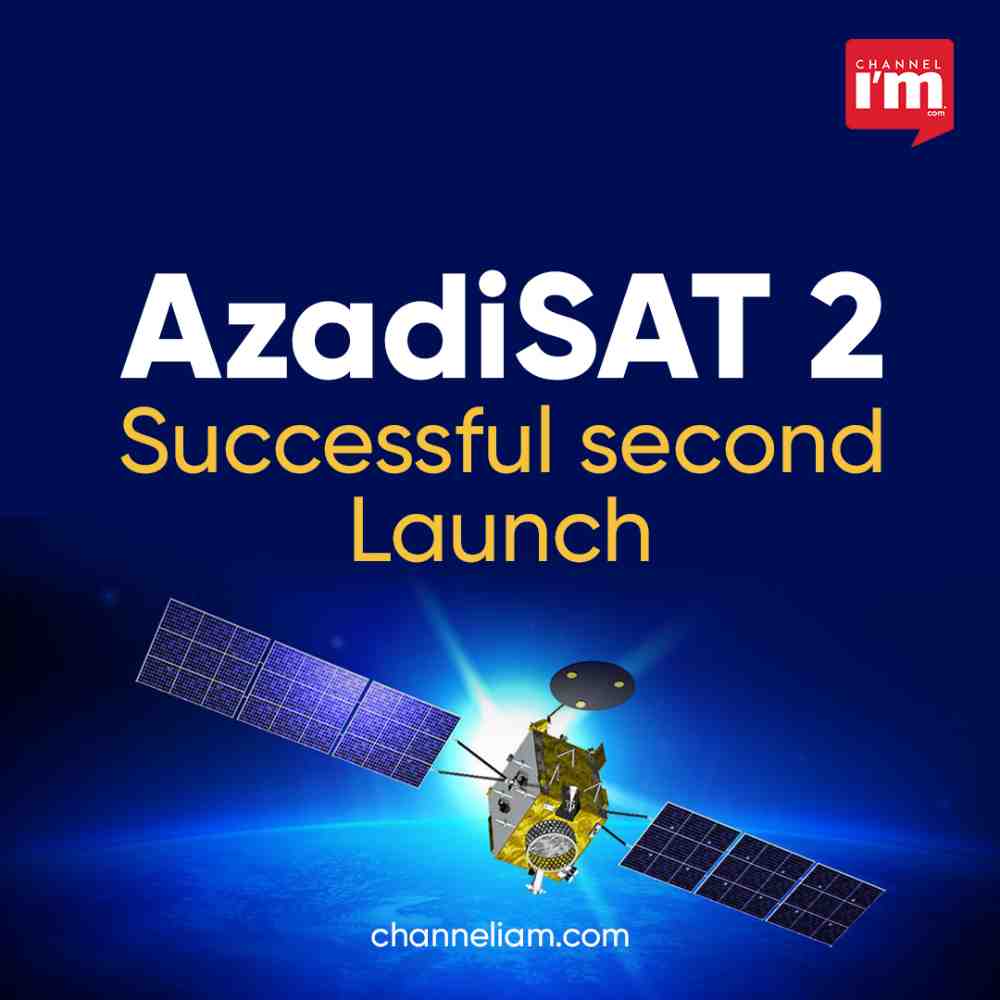
The rocket was launched from Satish Dhawan Space Center in Sriharikota at around 9.18 am carrying Earth observation satellite EOS 07, Janus 1 of Indo-American company Antaris and Azadi SAT 2, which brought SSLV into orbit. All three stages of the SSLV rocket are solid fuel.
This is the second successful test using SSLV from Satish Dhawan Space Centre. SSLV D 1, which was set to launch its maiden mission on August 7, was aborted after the launch failed to place the satellites in orbit. Along with this, Azadi SAT 1, Earth observation satellite EOS 07 and Indo-American company Antaris’ Janus 1 also failed. The satellites have now been put into orbit by the second launch.
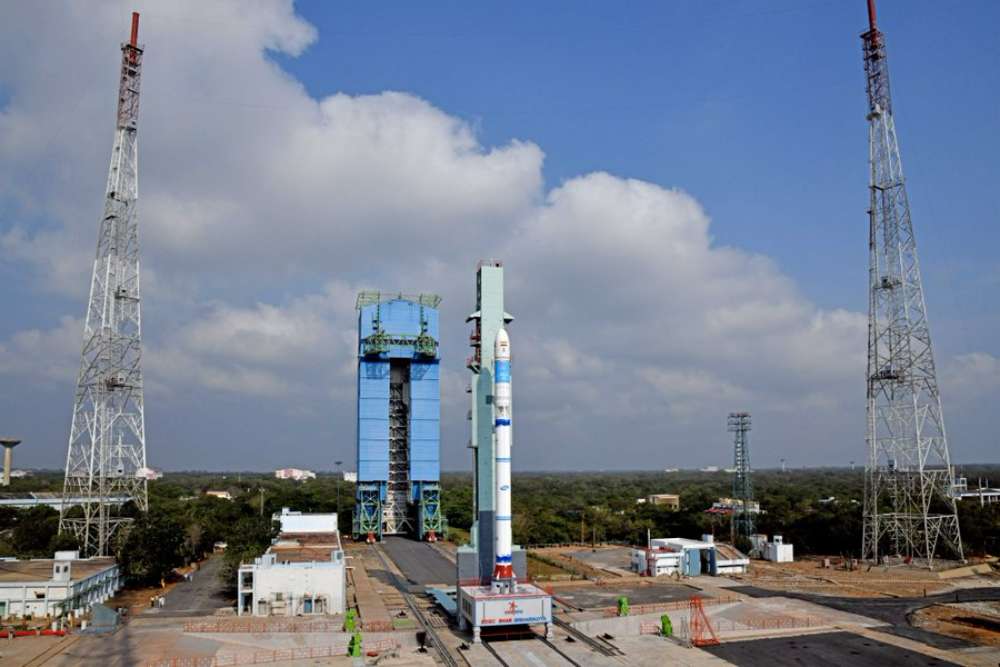
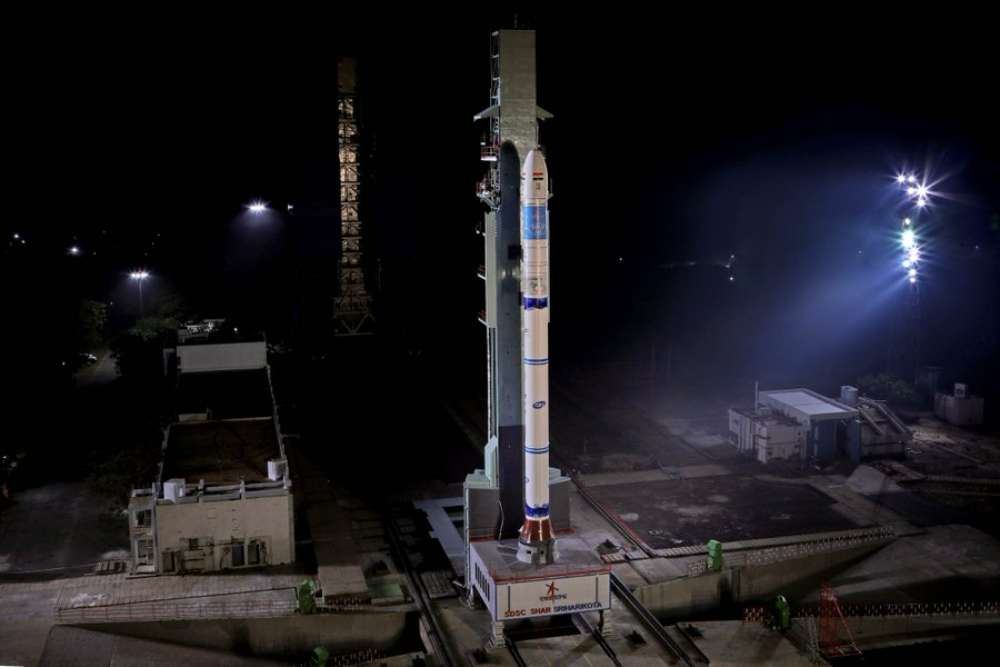
AzadiSAT has a solid-state PIN diode-based radiation counter and a long-range transponder to measure ionising radiation in its orbit. ISRO will use the ground system developed by SpaceKidz India for telemetry and communication with payloads in orbit.

Payloads include a selfie camera and a UHF-VHF transponder operating on ham radio frequencies to enable voice and data transmission for amateur radio operators.
Successful at the second time
SSLV aims to place mini, micro and nano satellites in low earth orbits close to the equator. The SSLV successfully completed the mission within minutes of liftoff from the Satish Dhawan Space Centre. SSLV is considered as a smaller version of PSLV, the country’s flagship vehicle. The first launch of SSLV in August last year was a failure. After fixing the fault in the vehicle’s accelerometer, ISRO embarked on the second launch. With the success of the mission, SSLV will be a new asset for ISRO in the field of commercial launch.
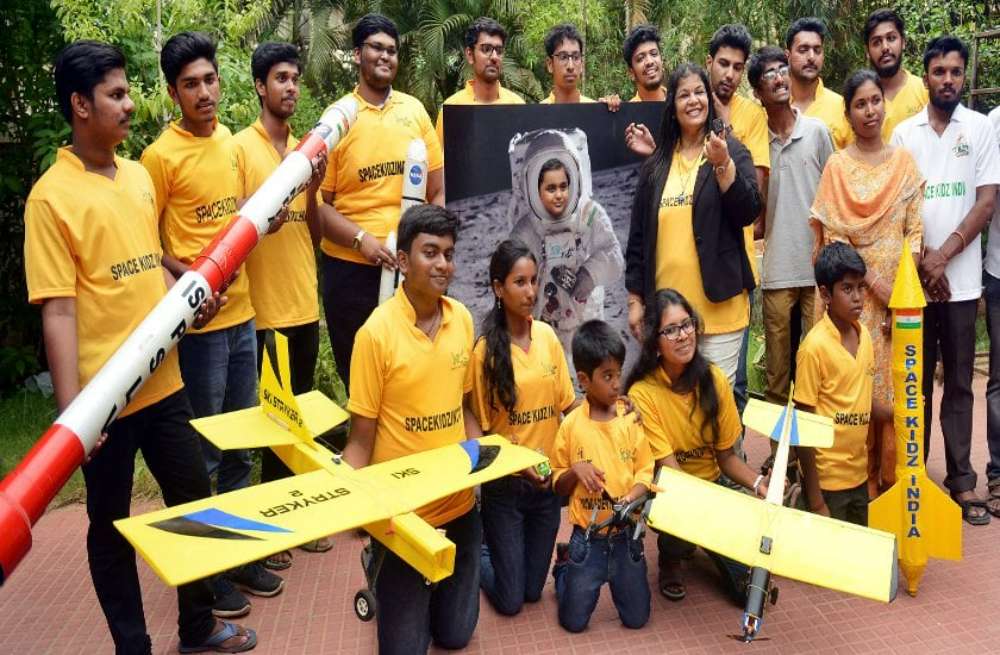
ISRO’s commercial arm New Space India
New Space India, the commercial arm of ISRO, will take over the further construction and launch of the SSLV if the mission is a complete success. Later, the rocket will be manufactured in the private sector. These launch rockets will now launch various private satellites into orbit. This will benefit ISRO commercially. Many foreign space and communication companies are waiting for Indian rockets to launch their payloads into orbit. Another feature of SSLV is that it can be launched on this small rocket within a short period of time once the order is received from the users. This will empower ISRO to have a strong presence in the small satellite market, which has huge potential.
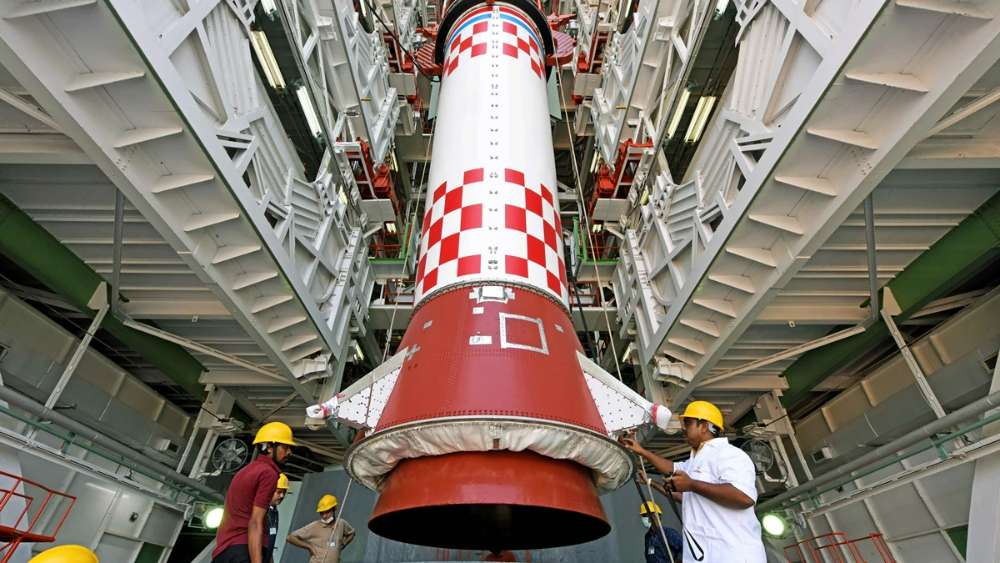
After the PSLV and GSLV missions, ISRO is developing the short-range rocket. It is a rocket capable of placing small satellites weighing between 10 and 500 kg into an orbit up to 500 km above the Earth. PSLV takes one and a half months to prepare for launch. One week is enough for SSLV. Costs are low and profits are high.
Why SSLV D-2?

SSLV D-2 has been developed with the sole objective of launching satellites faster than before. SSLV has a shorter turnaround time for a rocket to be ready for launch. An SSLV can be transferred to the launch pad within 72 hours of a launch. But PSLV needs two months to prepare for a new launch.
The SSLV D-2 vehicle was ready for launch within a week. In case of PSLV, it takes at least 40 days for the vehicle to be ready for launch.
